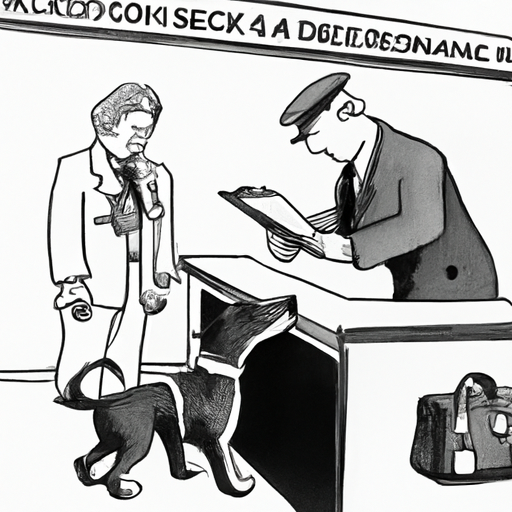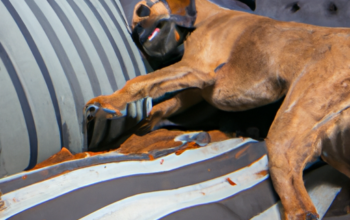Understanding the Role of Service Dogs
Service dogs aren’t just pets; they’re working animals. Skilled and trained to assist individuals with disabilities, these dogs perform tasks that their handlers may be unable to do themselves. This could include guiding visually impaired individuals, alerting deaf people to sounds, pulling a wheelchair or even detecting the early signs of a medical emergency.
The Legal Requirements for Service Dogs
Under the Americans with Disabilities Act (ADA), service animals are defined as dogs that are trained to do work or perform tasks for people with disabilities. What’s interesting is that the ADA doesn’t require these dogs to wear a vest, ID tag or specific harness. It doesn’t even necessitate that service dogs are professionally trained. As long as the dog is trained to assist with the disability, it can be considered a service animal.
However, when it comes to air travel, things get a bit more complicated. The Air Carrier Access Act (ACAA) allows service animals to accompany passengers on flights, but airlines are allowed to ask for specific documentation.
What Proof Airlines Require
Airlines require proof that confirms the status of your service dog. This usually comes in the form of a document, but the specifics can vary between airlines. Here are the common requirements:
- Medical/Mental Health Professional Form: This document should be from a licensed health professional stating the passenger’s need for the service animal.
- Veterinary Health Form or Immunization Record: To ensure the health and safety of all passengers, airlines may request proof of your service dog’s health status.
- Confirmation of Training: Some airlines require a form stating that the service dog has been trained to behave properly in a public setting.
How To Prepare For Air Travel With Your Service Dog
When traveling with your service dog, it’s crucial that you’re prepared. Here are some steps you can take:
- Contact the airline ahead of time and inform them that you’ll be flying with a service dog.
- Check the requirements of the airline and ensure you have all necessary documentation ready.
- Make sure your service dog is comfortable and prepared for the journey. Remember, it might be new and unusual environment for them.
FAQ
1. Can airlines refuse service dogs?
Airlines cannot refuse service dogs based on breed or size. However, they can refuse a service animal if it poses a direct threat to the health or safety of others, or if it would cause a significant disruption in cabin service.
2. Are emotional support animals considered service animals?
In the past, emotional support animals were considered service animals under the ACAA. However, as of 2021, this is no longer the case.
3. Do I have to pay extra to fly with my service dog?
No, airlines cannot charge passengers for flying with their service dogs.
4. Can my service dog sit with me in the cabin?
Yes, service dogs are allowed to accompany their handlers in the cabin. They must be well-behaved and cause no disruptions.
5. Are there any countries that don’t allow service dogs?
Each country has its own regulations regarding service animals. It’s best to check the specific regulations of your destination before traveling.



